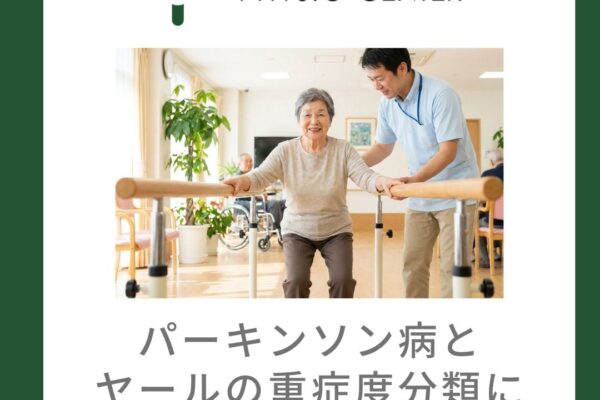After a stroke, it can become difficult to maintain balance, making walking harder and increasing the risk of falls. One effective exercise method for such situations is “Sling Exercise.”
Sling Exercise uses belts (slings) suspended from the ceiling or a dedicated frame to support the body during movement. This allows patients to safely strengthen their trunk (abdominal and back) and leg muscles, while also restoring proprioception—the ability to sense body position and movement.
Studies conducted in multiple hospitals and research facilities have shown that groups incorporating Sling Exercise experienced greater improvements than those performing only conventional exercises, in all of the following:
- Balance ability (reduced swaying)
- Walking ability (improved ease of walking)
- Daily activities (easier dressing, moving, and other tasks)
Importantly, it has been confirmed as a safe method.
Sling Exercise is a reliable approach to support stroke rehabilitation. It helps stabilize walking and standing, enabling patients to regain an independent lifestyle. For rehabilitation (exercise therapy) for hemiplegia using Redcord, please consult Redcord International Instructor Ota at the Physio Center.
Research Summary: Effect of Sling Exercise Training on Balance in Patients with Stroke: A Meta-Analysis
Objective
Balance disorders after stroke significantly impact walking ability and independence in daily life. This study aimed to evaluate the effectiveness of Sling Exercise Training (SET) in improving balance function in stroke patients, by integrating data from existing randomized controlled trials (RCTs).
Methods
- Databases searched: PubMed, Cochrane Library
- Inclusion criteria: RCTs comparing SET with conventional rehabilitation in stroke patients
- Outcome measures:
- Berg Balance Scale (BBS)
- Barthel Index (BI) for daily activities
- Fugl-Meyer Assessment (FMA) for motor function
Results
- 9 RCTs with a total of 460 participants analyzed
- BBS: SET group showed significant improvement compared to conventional rehab group (mean difference: +4.36 points)
- BI: Significant improvement in SET group (mean difference: +5.42 points)
- FMA: Significant improvement in SET group (mean difference: +3.89 points)
- No adverse events reported, confirming safety
Conclusion
Sling Exercise Training is effective in improving balance ability, daily living activities, and motor function in stroke patients, with a high safety profile. Introducing it as an adjunct to conventional rehabilitation may promote recovery.




